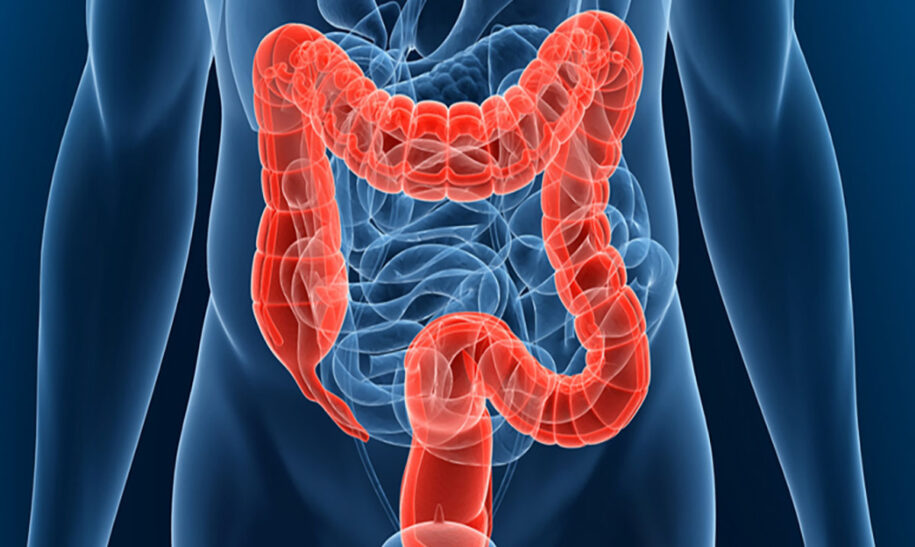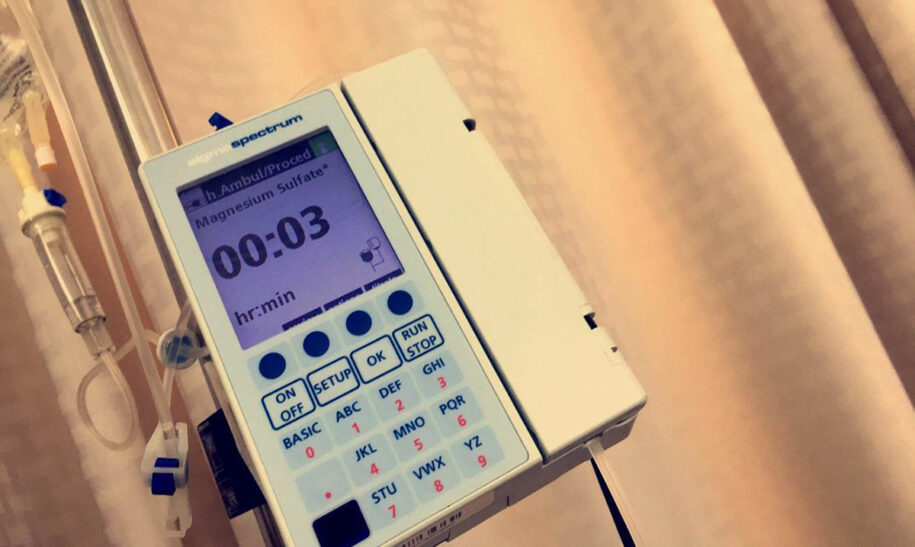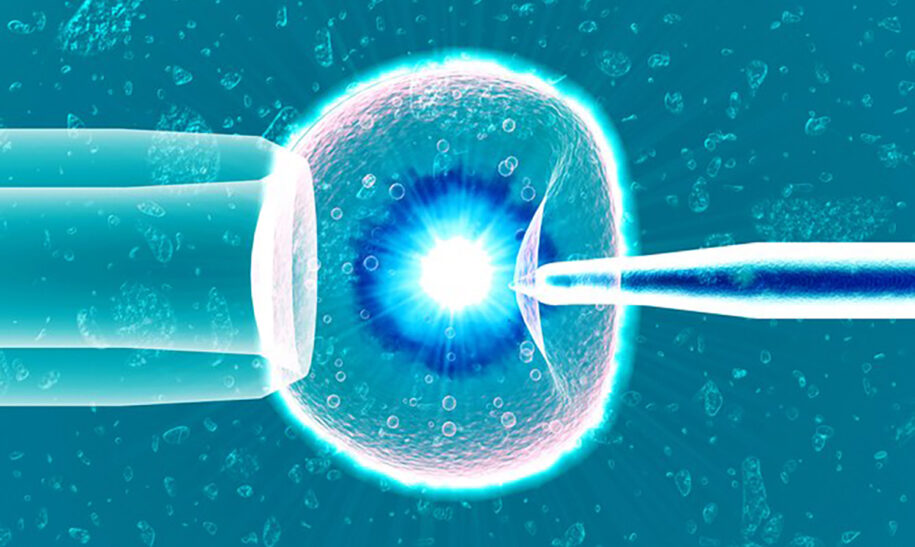
12 Ways to Protect Yourself Against Colon Cancer
The second leading cause of cancer-related deaths in the United States, it is estimated that 2017 will bring 95,520 new cases. The American Cancer Society reports that while there is a decline in the number of cases in those 50 and older, the incidence rate in Americans under the age of 50 has been on the rise, with an overall increase of 22% from 2000 to 2013.
As experts continue to focus on developing a better understanding of the causes of colon cancer, and potential risk factors, they are able to warn those that may be at risk as to the steps they can take to protect themselves. The International Agency for Research on Cancer (IARC), part of the World Health Organization (WHO) released a report in 2015 revealing the risk associated with the consumption of processed meats, and their connection with an increased risk of colorectal cancer.

While some of those diagnosed with cancer can trace their diagnosis back to a genetic cause, the American Institute for Cancer Research (AICR) advised that approximately 1/3 of the most common cancer cases in the United States are the result of preventable lifestyle choices. Specifically, they state that 50% of those diagnosed with colorectal cancer could have prevented the disease.
What can you do to protect yourself? Follow these 12 guidelines:
- Spend Some Time at the Gym
Partaking in a regular exercise routine has been found to decrease the risk of colorectal cancer by controlling insulin levels and boosting the circulation of immune cells throughout the body.
- Make Vitamin D Work for You
One of the risk factors that experts have associated with colorectal cancer is the presence of a Vitamin D deficiency. You can increase your vitamin D levels by spending more time outside, exposing yourself to more sunlight each day.
- Boost Your Calcium Levels
Experts explain that maintaining optimal calcium levels has been associated with a decreased risk of colorectal cancer.
- Pay Attention to Belly Fat
Experts cite an association between obesity and an increased risk of colorectal cancer, especially in regards to the presence of belly fat. Even the smallest amount of weight loss can result in considerable health benefits.
- Increase Your Fruit and Vegetable Intake
High in important cancer-fighting compounds such as antioxidants and magnesium, increasing your fruit and vegetable intake will allow you to actively fight cancer through your dietary choices.
- Limit Alcohol Consumption
Excessive alcohol consumption has been found to increase the risk of colorectal cancer. Eliminate binge drinking, and reduce overall alcohol consumption.
- Avoid Processed Meats
As discussed above, the World Health Organization has recognized the connection between processed meats and an increased risk of colorectal cancer. This includes bacon, ham, pastrami, salami, pepperoni, hot dogs, sausages and hamburgers (those preserved through the use of salt or chemical additives).
- Quit Smoking
Connected with an increased risk of a number of different forms of cancer, experts have advised that smoking does carry an increased risk of colorectal cancer.
- Add Fiber to Your Diet
Many fruits and vegetables are also packed with dietary fiber, helping to improve your digestive health and prevent colorectal cancer.
- Add Garlic to Your Diet
Experts have been focusing their attention on the anti-cancer benefits of garlic, with some studies even showing that garlic can kill cancer cells in laboratory studies. Adding garlic to your regular diet will help to lower your risk.
- Be Smart About Your Red Meat Consumption
While some studies have shown that an increase in red meat is associated with an increased risk of colorectal cancer, new data shows it’s not the red meat responsible, but rather the type of red meats that are being consumed. Limit your red meat consumption to organically raised grass-fed meats.
- Take a Multivitamin with Folate
Adding a regular multivitamin to your routine has been found to lower the risk of colorectal cancers, specifically, the vitamin contains folate.




 You’ll Need:
You’ll Need: 


 On New Year’s Eve, I sat on the couch crying uncontrollably; it was the third year I had been sick with this unknown illness. Many of my friends texted me that 2017 was going to be a better year and I replied, “you said that last year and the year before.” I was screaming and crying in agony as the ball dropped. My head was furiously rocking as my body was floating and being pulled every which way. From midnight until 7 am I sat on my bed in a ball rocking back and forth. My ears were filled with an excruciating ringing for 12 hours straight. I went to the ER. I sat in that waiting room for 5 hours with my whole body and head rocking back and forth.
On New Year’s Eve, I sat on the couch crying uncontrollably; it was the third year I had been sick with this unknown illness. Many of my friends texted me that 2017 was going to be a better year and I replied, “you said that last year and the year before.” I was screaming and crying in agony as the ball dropped. My head was furiously rocking as my body was floating and being pulled every which way. From midnight until 7 am I sat on my bed in a ball rocking back and forth. My ears were filled with an excruciating ringing for 12 hours straight. I went to the ER. I sat in that waiting room for 5 hours with my whole body and head rocking back and forth.
